From the Director's Chair
In candid, off-the-cuff conversations, four young auteurs talk about their upcoming works for the Singapore Memory Project film festival.
 A scene from the animated film The Violin directed by Ervin Han. Courtesy of Ervin Han.
A scene from the animated film The Violin directed by Ervin Han. Courtesy of Ervin Han.
Royston Tan
Hailed as one of the most promising talents in the home-grown filmmaking industry, Royston Tan has won more than 40 international and local film awards. Most of his works focus on social issues and seek to challenge the boundaries of societal expectations. It comes as no surprise that some regard him as the enfant terrible of Singapore film. Tan set up his own film production company, 10twentyeight, in 2008.
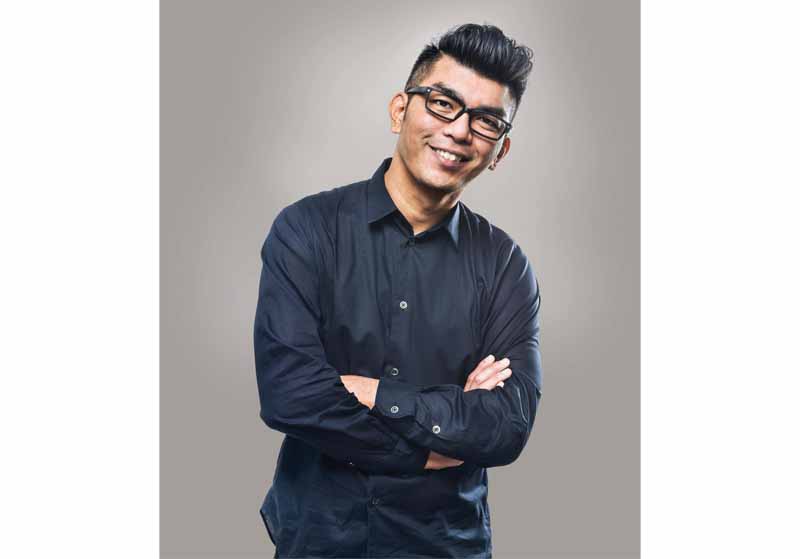
Synopsis: Old Friends is the final installation following the highly acclaimed documentary series Old Places (2010) and Old Romances (2012). In this latest documentary, food is the platter on which personal stories of ordinary people from all walks of life are collected, unravelled and served. By compiling these collective narratives of Singaporean food tales – in the process preserving intimate stories of joys and woes, love and loss – Old Friends offers future generations a taste of the past through our common passion for food.
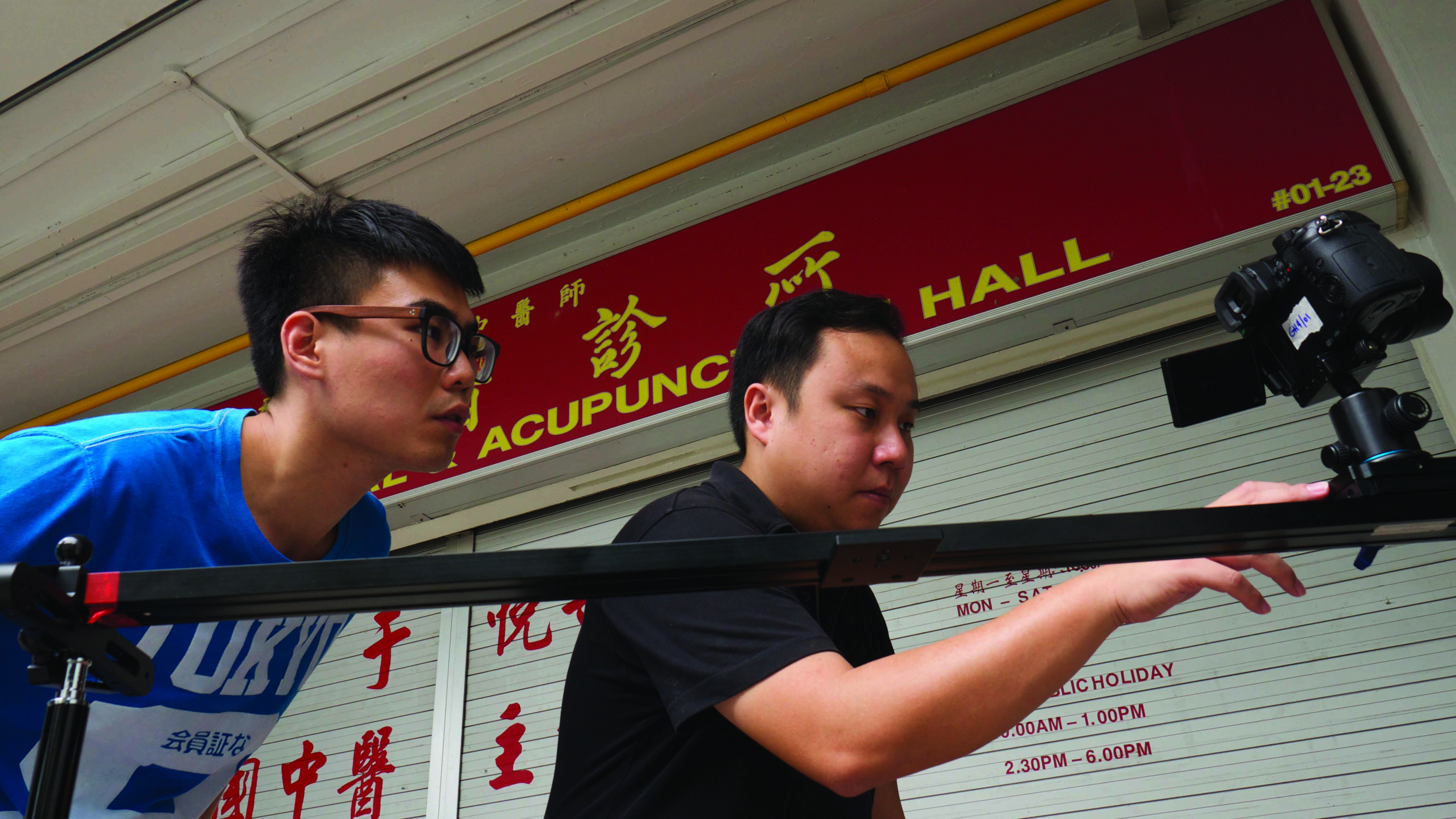 Production shot of Old Friends (2015) directed by Royston Tan. Courtesy of Royston Tan.
Production shot of Old Friends (2015) directed by Royston Tan. Courtesy of Royston Tan.
How did your team go about collecting and unravelling the food stories featured in Old Friends?
After making Old Places and Old Romances, we’ve compiled a strong database of people who regularly contribute stories to us. The directors involved in this production happen to be equally passionate about collecting personal stories from all sources.
What made you choose food as a theme for the last of your heritage-themed documentaries?
We see food as a very important form of heritage in Singapore. While filming Old Romances we realised that the old, authentic taste of local food is changing, if not in danger of disappearing altogether as hawkers are replaced by food courts and coffee shops taken over by cafés. We see an urgent need to archive and celebrate these hawkers who dedicate their lives to perfecting their iconic dishes.
Which segment in Old Friends resonated most with you and your team, and why?
We’re in the midst of production now; I think the research intrigues us the most. Every day, we make a new discovery on our tiny island.
Do you have a personal comfort food that you crave for every so often?
I love roasted duck! It has always been my favourite dish.
Sun Koh
One of the few women filmmakers in Singapore, Sun Koh’s multiple-award-winning films have been screened in more than 30 festivals around the world. Her film career started in Singapore with her debut short film The Secret Heaven (2002) that won the Silver Hugo at the 38th Chicago International Film Festival. The film also won her the Best Director award at the 15th Singapore International Film Festival and audience choice awards in France, South Korea and Japan. In 2013, her film Singapore Panda, part of an omnibus feature Letters From the South with Tsai Ming Liang, Aditya Assarat and Royston Tan, premiered at the Busan International Film Festival and was sold to The Sundance Channel in 2014. She also directed the short film The Secret Passion of Mdm Tan Ah Lian, a short film commissioned by the National Arts Council for Silver Arts 2014.
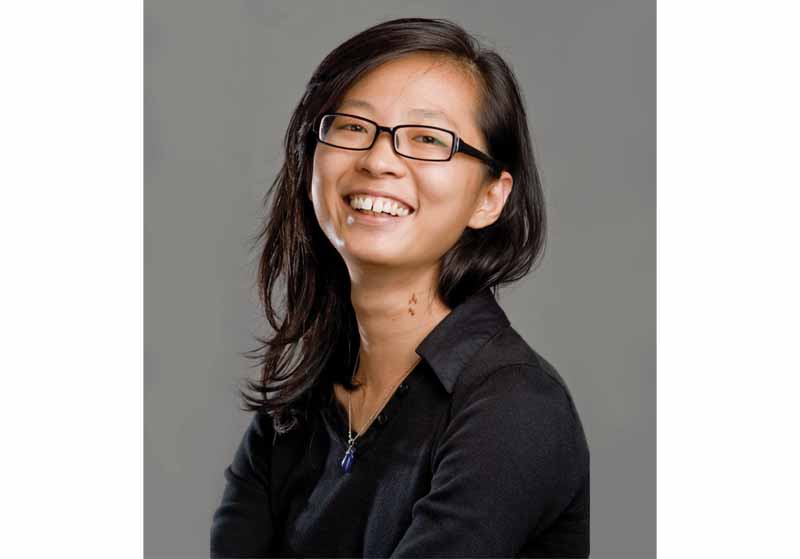
Synopsis: The Studio aka The Songs That Sang Her is a docu-fantasia born of Sun Koh’s journey halfway round the world to Sweden where she worked from 2011 to 2013. She discovered just how uniquely Singaporean her taste in music was during this two-year sojourn.
How did you come to make a film featuring Lion Studios?
Lion Studios at 115B Commonwealth Drive is one of the last recording studios specialising in analogue recordings. During the 1980s and 90s, stars such as Mark Chan and Tracy Huang recorded at this studio, and in 1997 the soundtrack of Glen Goei’s film Forever Fever was cut here too. It also happens to be the “birthplace” of national songs such as We Are Singapore, Stand Up for Singapore and Count On Me Singapore … and that’s what my story focuses on. I initially submitted my entry for the Singapore Memory Project film festival as a documentary but I encountered some issues with copyrights. So I decided to change my storyline to focus on my memories of home.
In a nutshell, The Studio aka The Songs That Sang Her, is about a woman who circles the globe only to find herself back in the same spot – home. It’s a metaphorical journey of finding one’s roots while being far from home.
Did you feel homesick when you were away?
I was living and working in Sweden when one day I caught myself singing Stand Up for Singapore in the bathroom. It took me by complete surprise because I never sang it outside of National Day parades or the classroom context! I realised just how much I was missing home when I heard myself singing that song … it was quite a revelation for me.
Why is it a docu-fantasia?
The genre is inspired by Guy Maddin’s 2007 film, My Winnipeg, which is a mix of personal history and elusive memories. My film is bookended by live action videos with the middle section made up of composite pictures from my iPhone photographs taken while I was living in Sweden. I got actress Serene Chen to “act” as me by inserting her into my iPhone photographs; for example, I superimposed Serene’s face over mine in a picture of me during a radio interview overseas. I call it a docu-fantasia because the protagonist becomes true to her memories only when she fictionalises it. She is haunted by the incessant replaying of national songs in her mind and hears herself singing these national songs; it’s quite a bizarre scenario!
So these songs become metaphors for homesickness?
Yes, and I wanted to highlight the fact that we are a very “musical” country – we like to compose songs for every occasion. You never know when you’ll catch yourself singing these songs, like I did when I was very homesick… and of all places, in a bathroom in Sweden!
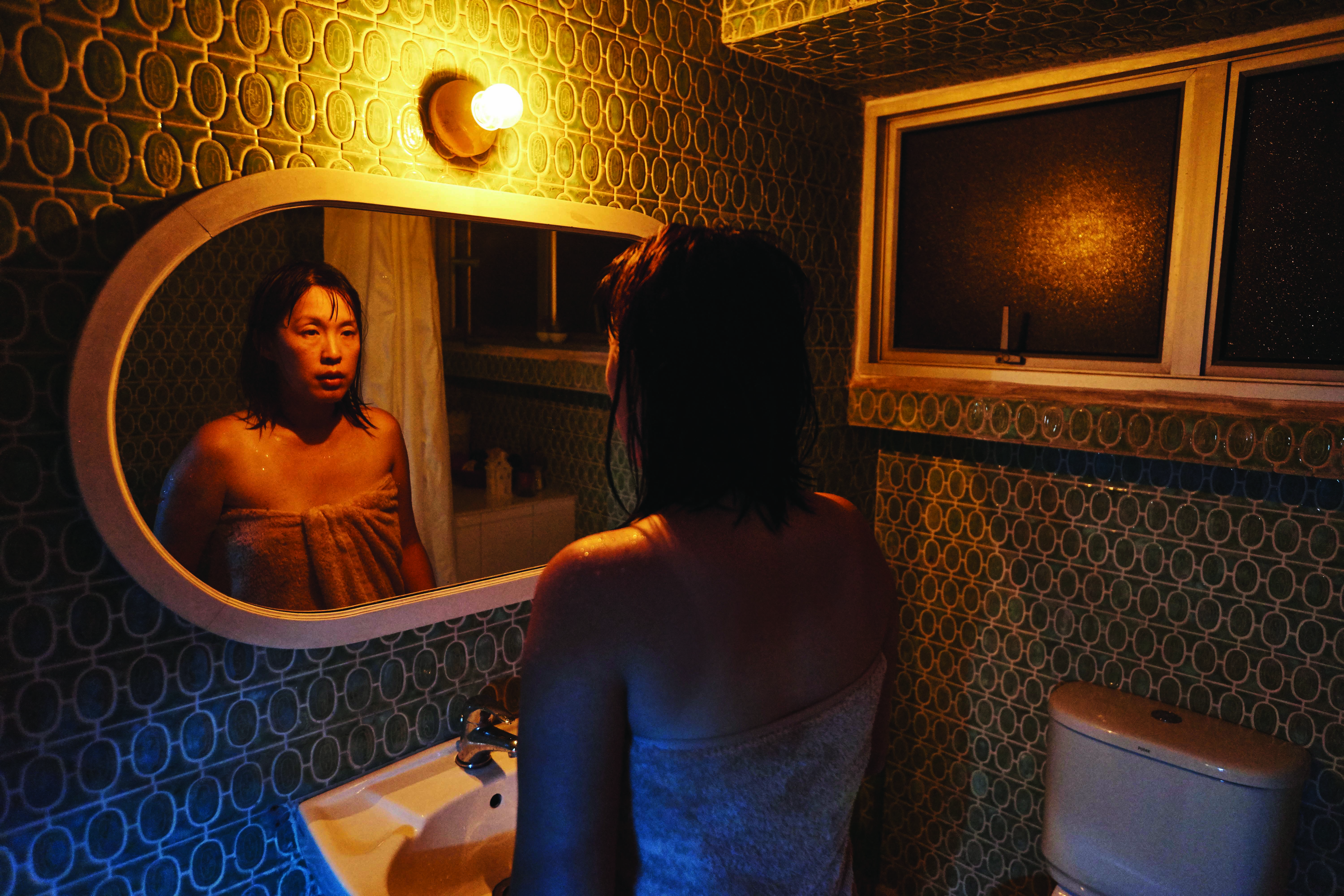 Film still of The Studio aka The Songs that Sang Her (2015), directed by Sun Koh. Courtesy of Sun Koh.
Film still of The Studio aka The Songs that Sang Her (2015), directed by Sun Koh. Courtesy of Sun Koh.
Wee Li Lin
One of Singapore’s pioneer female filmmakers, Wee Li Lin’s prolific filmography includes 10 short films and two feature films as well as several telemovies and commercials. She has won several awards both locally and internationally, most notably “Best Director” at the Singapore International Film Festival and a “Star Award” at the Shanghai International Film Festival for actress Joanna Dong for her starring role in the sophomore feature Forever. Wee’s films have travelled to prestigious festivals such as the Tribeca Film festival in New York, the Cairo International Film festival, the Shanghai International Film Festival, and the Hawaii International Film Festival, among others. She is presently working on several new projects and teaches part-time at film schools.
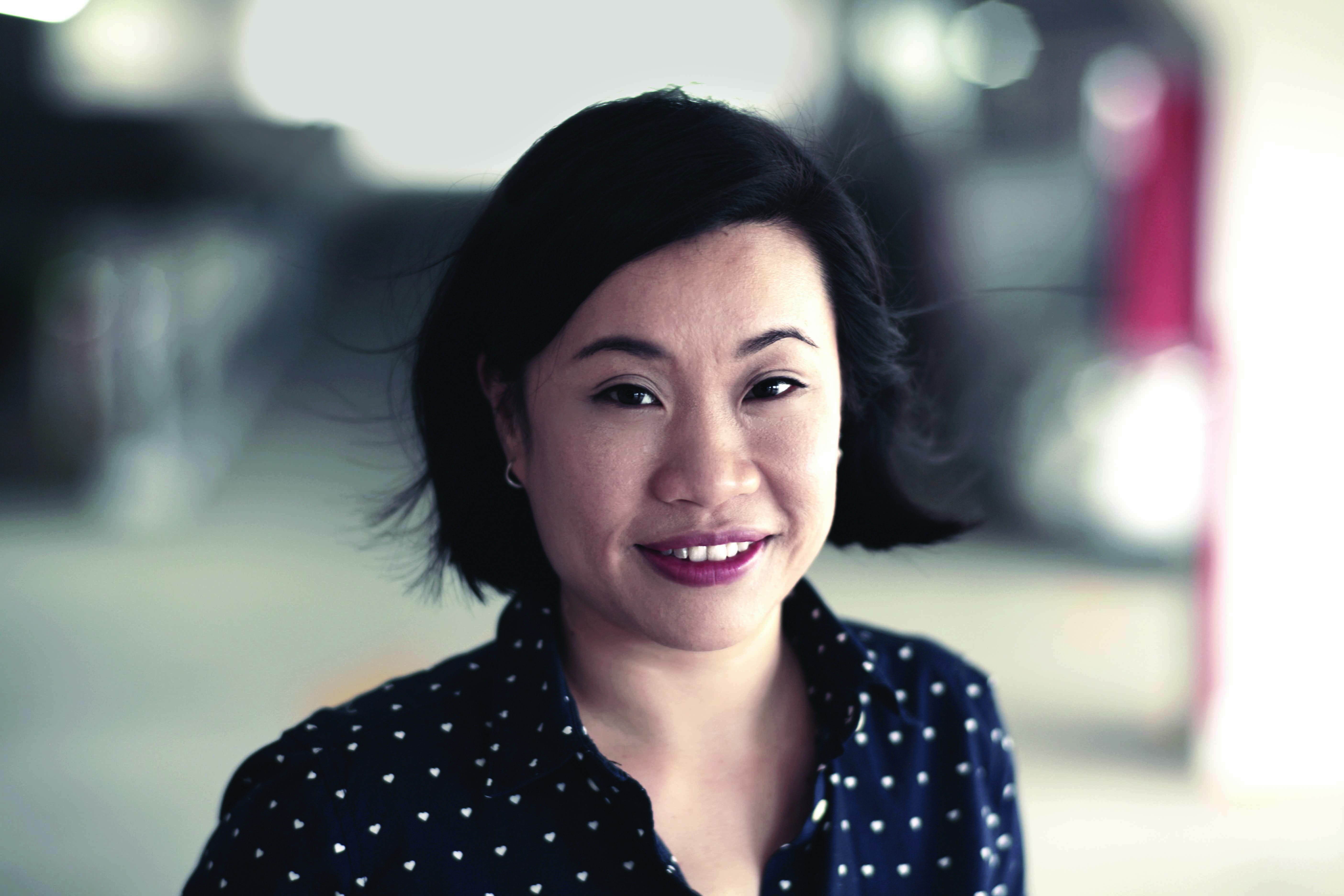
Synopsis: Centrepoint Kids recreates the vibrancy and colour of the iconic mall in the 1980s and the eye-catching subcultures and trends of the youths who hung out at the shopping centre. The film chronicles a youth’s initiation into a group, learning what it takes to be a Centrepoint Kid. Often portrayed as delinquents in the media, Centrepoint Kids hopes to capture the positive spirit of these young rebels who sought to express themselves in unique, albeit, daring ways.
What inspired you to make Centrepoint Kids?
I was a child of the 1980s. I was from Singapore Chinese Girls’ School which was then located at Emerald Hill. I used to spend almost every day hanging out at Centrepoint and would see these really cool-looking kids. I never saw them doing anything wrong or dangerous. In fact, I wished I could be like them because I was always in my school uniform and school life was really mundane! These kids were full of colour and coolness.
Centrepoint Kids were mostly seen as a less-than-positive social phenomena in the 1980s; how did you capture the positive vibes of this youthful subculture?
The general consensus was that Centrepoint (CP) Kids were bad hats, but like I said, I saw them as cool fashionistas. The average Singapore kid (at that time) was pretty stifled and repressed (I thought) so to me they were daring and expressive. Different CP Kid gangs also had their own signature look. They dressed like pop-idols of that era like Madonna, Boy George and Cyndi Lauper. As a teen, I wanted to be part of a cool gang just like the CP Kids but alas, I didn’t have enough guts.
Was it difficult casting for hip-hop and breakdancers for this short film? How did you find the protagonist?
It took some work as there were two major scenes in the film with breakdancers. I had an open casting call and luckily, we found some dancers who could also act. Most of the actors in my film are between 18 and 25 years old; I wanted to cast younger actors but they were having their exams. The lead actress, Meishi Koon, is my best friend’s niece and she had previously worked on one of my films as an extra. Meishi has this relatable goofiness and beauty that I was looking for and she captured the essence of the character so naturally. She was a perfect fit for this role.
Did you know any CP Kids when you were growing up?
I reconnected with some girls in my school through Facebook whom I knew to be CP Kids in order to get their stories. Unfortunately, there is a certain stigma attached to being a CP Kid so the few people I approached for interviews were still in denial about having been one. Only one girl opened up to me. Fortunately, she was very helpful and open.
One last question. Where did your crew find the neon-coloured outfits? Do you still own any 1980s-style relics in your own wardrobe?
We had to tailor some of the clothes and the rest were bought off the shelves at Bugis Village. It was good timing; baggy jackets and shirts came back into fashion last year so we bought those as well. As for relics of the 80s, I still keep some cassette tapes, vintage furniture and one or two toys. I wish I had kept my Walkman and some other T-shirts and clothes that are now probably floating in some Salvation Army universe!
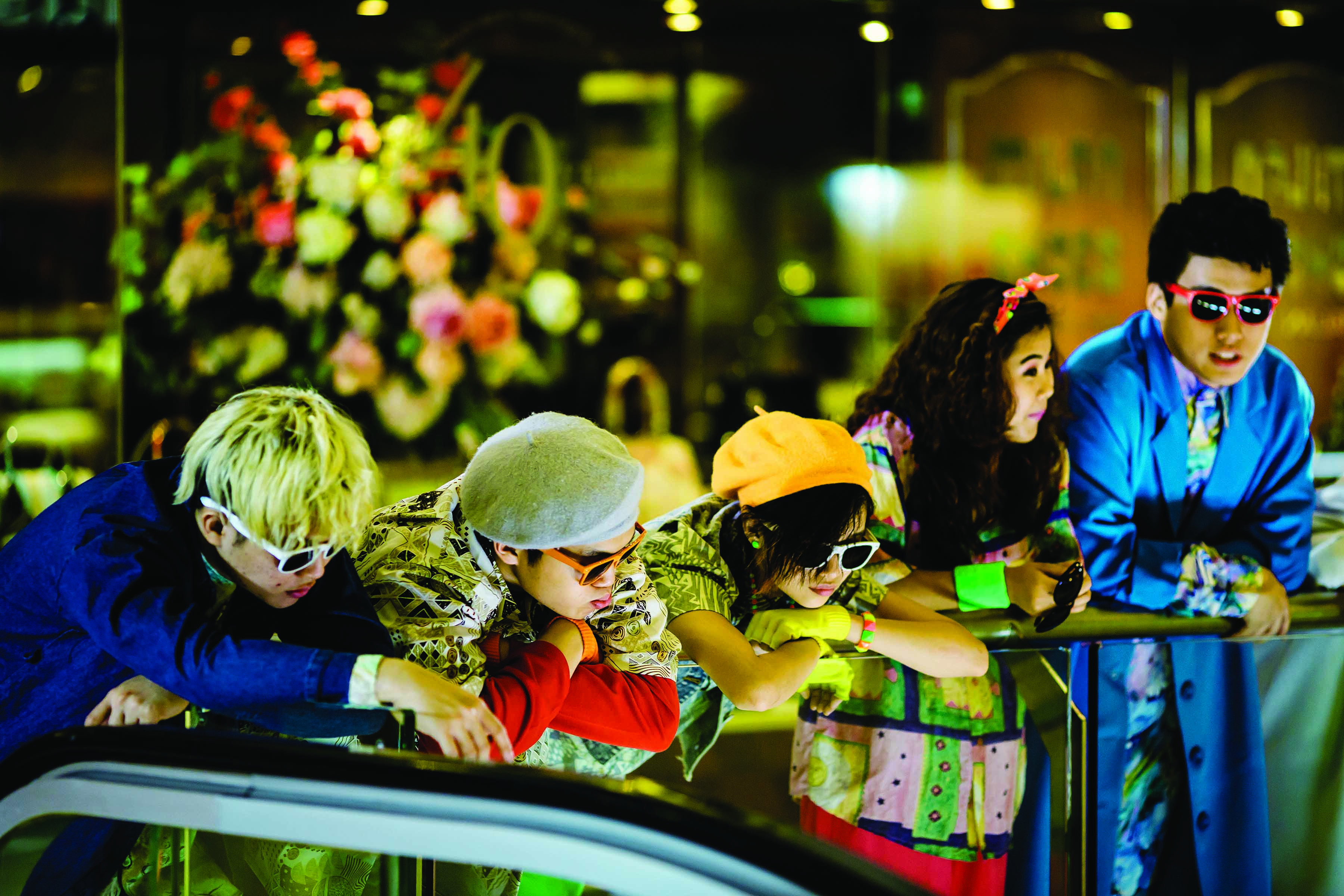 A scene from Wee Li Lin's Centrepoint Kids. Courtesy of Wee Li Lin.
A scene from Wee Li Lin's Centrepoint Kids. Courtesy of Wee Li Lin.
Ervin Han
With over 14 years of experience in the telecommunication, media and animation sectors, Han co-founded Robot Playground Media in 2013 to focus his company’s creative efforts in developing branded content in design and animation for commercial clients, original animated IPs and educational apps for kids.
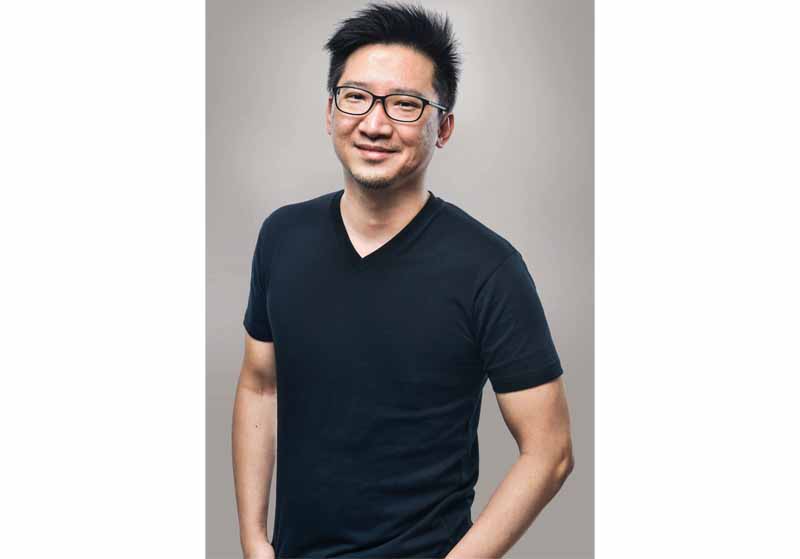
Synopsis: The Violin is an animated short film that chronicles a journey spanning 80 years through the tumultuous times in Singapore’s history, such as World War II, Merger and Independence.
The Violin is a visually arresting montage of Singapore’s history over the span of 80 years from the perspective of the musical instrument. Why did you choose a musical instrument as the storyteller?
We always knew there would not be any dialogue in the film, so the music really is the aural storyteller that has to carry and elevate the visuals for the film to work. The violin seemed natural because it has that haunting and evocative quality for the moods we wanted, and can also be emotional and poignant.
You pored through some really harrowing survivor accounts of Operation Sook Ching in 1942 where the Japanese rounded up and executed Chinese males who were suspected to be anti-Japanese. How did you and your team feel when you found these grim facts?
We read many books, went through scores of research documents at the National Archives of Singapore and visited museums to immerse ourselves in those dark chapters of our country’s history. It was an important process as I wanted the team (including myself) to have a real understanding of those events, even if we didn’t end up including some of those scenes in the film. One of our young artists actually asked me earnestly if she could work on fewer scenes of the Japanese bombing and Occupation because it was too depressing. It showed that she connected personally and emotionally with the story. Hopefully, audiences will too.
You mentioned that many youths today seem to know about Singapore’s history in fragments. What’s the best takeaway you hope young Singaporeans will have after watching a retrospective historical animation like The Violin?
The Violin is a collection of fragments from our past, so it’s not an exhaustive account, of course. What I hope it can do is to raise awareness and interest in some of these historical events and places, especially when many of them tend to fade in our memories, or worse, into oblivion. By using animation to bring these stories and places to life, hopefully we can make a fresh and more lasting impression, especially on the younger generation.
What is the most memorable segment in The Violin for you?
It’s probably the scene where the Japanese bombed Singapore the first time on 8 December 1941. Many people don’t realise that it was actually part of the same Pacific attack that destroyed Pearl Harbour just hours before. Now, every year, when international news commemorates the Pearl Harbour attack of World War II, I’ll remember what happened to Singapore almost at that same time.
Lastly, do you play the violin? Or any musical instrument for that matter?
I don’t play the violin at all. I can get by playing the guitar if the audience is drunk enough!
Catch “Rewind/Remind: A Singapore Memory Project Film Festival”, featuring specially curated films by eight local directors, from 23 May 2015 to 20 June 2015 at the National Library Building, library@ esplanade, library@ orchard, Tampines Regional Library, Woodlands Regional Library as well as Bukit Merah Public Library. Find out more at bit.ly/smpfilmfest

Michelle Heng is a Librarian with the National Library of Singapore. She compiled and edited Singapore Words Maps: A Chapbook of Edwin Thumboo’s New and Selected Place Poems as well as Selected Poems of Goh Poh Seng.

